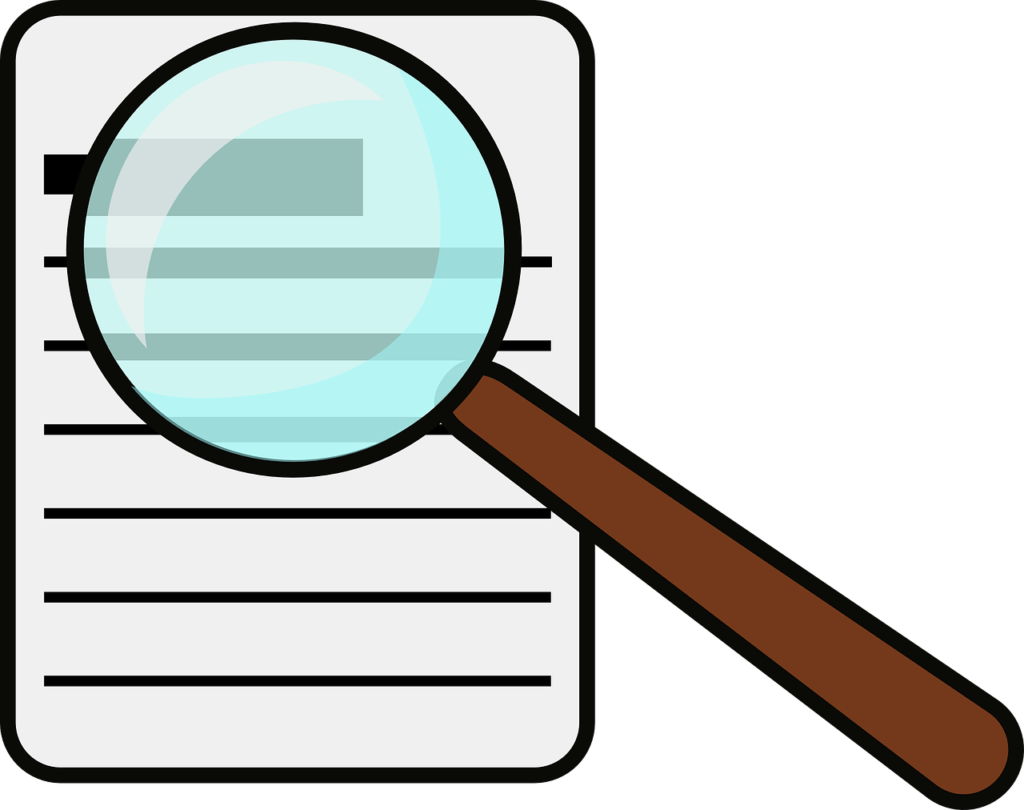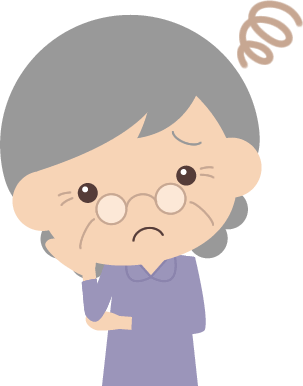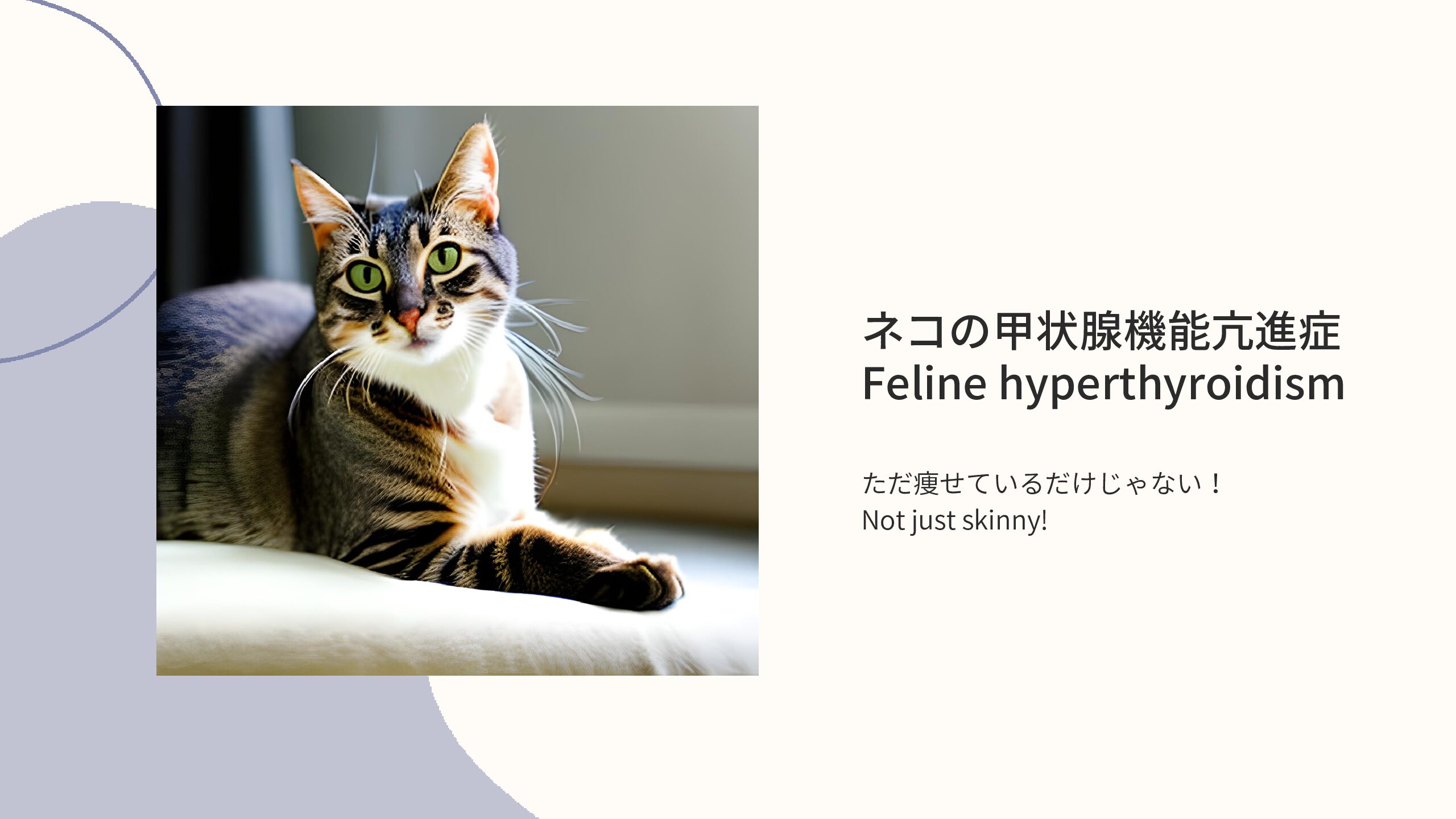ネコちゃんの慢性腎不全について About Feline chronic kidney disease


うちのネコちゃん、最近少しずつ食欲が落ちているみたい。体重も減ったし、吐く回数も増えているわ。やっぱり歳だからかしら?
My cat seems to have lost a little appetite recently. She has lost weight and is throwing up more often. Is it because she is getting older?
確かに年齢を経ると若いときよりも食欲・元気が落ちてきますね。
It is true that as cats age, cats lose more appetite and energy than when cats were younger.
でも調べてみるとできることがあるかもしれませんよ。
But there may be something you can do if you look into it.
皆さん、こんにちは!
Hello, everyone!
今回はネコちゃんの慢性腎不全についてご説明していこうと思います。
In this article, I would like to explain chronic kidney disease in cats.
ネコちゃんは、他の動物よりも慢性腎不全に罹りやすいと言われています。
Cats are more susceptible to chronic kidney disease than other animals.
元々砂漠に住んでいたために、身体の水分を確保するために尿を濃縮する必要があったことで腎臓に負荷がかかりやすいといった説もありますが、詳細は不明です。
Some believe that because they originally lived in the desert, they needed to concentrate their urine in order to keep their bodies hydrated, which could easily overload their kidneys, but the details are unknown.
日々の診療に取り組む中で感じるのは、ネコちゃんは膀胱炎や排尿障害にも罹りやすく、また尿管に結石ができることも多いため、そのようなことも腎臓に負担がかかりやすい背景にあるのではないかということです。これはあくまでも個人的な見解です。
In my daily practice, I feel that cats are also prone to cystitis and urinary problems, and also often develop stones in the ureter, which may also be behind the tendency for the kidneys to become overloaded. This is just my personal opinion.
症状 Symptoms

慢性腎不全の初期のうちは、機能が残った正常な腎臓が働いているため、これといった症状は出てきません。
In the early stages of chronic renal failure, there are no such symptoms because the normal kidneys that remain functional are still working.
従って、健康診断の血液検査や尿検査で偶然に慢性腎不全が発見されることもあります。
Thus, chronic renal failure may be discovered by chance in a blood or urine test during a physical examination.
腎臓は老廃物の排泄や体内の水分や電解質の調整を行っているので、慢性腎不全が進行すると、体内に老廃物が蓄積したり、脱水が生じることで、
The kidneys excrete waste products and regulate water and electrolytes in the body. As chronic renal failure progresses, the accumulation of waste products in the body and dehydration may lead to the following symptoms.
- 食欲が落ちる
- lose appetite
- 元気がなくなる
- become unwell
- 吐くことが増える
- Increased vomiting
- 歯肉炎・口内炎が悪化する
- Gingivitis and stomatitis worsen
- 息が臭い
- Bad breath.
- 薄くて多めの尿が出る
- Thin, copious urine
といったような症状が出てきます。どの症状も腎不全からのみ生じるものではないので、『元気・食欲がないのは年齢のせいかな?』『口が臭いのは歯が悪いのかな?』『尿が多いから糖尿病かもしれない』のように感じる飼い主さんも多いかもしれません。
None of the symptoms are exclusively caused by kidney failure, so you may wonder if your lack of energy and appetite is due to your age, or if your mouth smells bad because of bad teeth. ‘Is it bad teeth that my mouth smells bad?’ Many owners may feel as if their pet is diabetic because it urinates a lot.
動物病院での検査 Veterinary Examinations

ネコちゃんが動物病院へ連れて行かれると、年齢や病歴、身体検査の結果から、獣医師は『慢性腎不全の可能性もあるな』と考え、血液検査や尿検査、レントゲン検査や腹部超音波検査をお勧めするでしょう。
When the cat is taken to the veterinary clinic, the veterinarian will consider the possibility of chronic renal failure based on the cat’s age, medical history, and physical examination results, and will recommend blood and urine tests, x-rays, and abdominal ultrasounds.
機能不全に陥った腎臓の割合に応じて、様々な異常値が生じます。
Various abnormal values occur depending on the percentage of dysfunctional kidneys.
- 残りの腎機能が1/3を切ると、尿の濃縮能力が落ちます(尿比重が低くなります)。
- When the remaining kidney function is less than 1/3, the ability to concentrate urine is reduced (lower urine specific gravity).
- 残りの腎機能が1/4を切ると、血液検査で腎臓系の数値が上昇し始めます。
- When the remaining kidney function is less than one-fourth, blood tests begin to show elevated kidney system values.
腎臓の数値の上昇が軽度であっても、腎臓系の数値が上昇した時点で腎機能は1/4を切っているわけですから、決して軽症ということではありません。
Even a mild increase in kidney values does not mean that the disease is mild, since kidney function is less than one-fourth at the time the kidney parameters are elevated.
また腎不全のネコちゃんでは血圧が上昇する可能性があるため、可能な場合は血圧の測定を実施します(シャイなネコちゃんや、アグレッシブなネコちゃんでは動物病院内での血圧測定は至難の業です)。
Blood pressure measurements are also taken when possible, as blood pressure may be elevated in cats with renal failure (blood pressure measurements in the veterinary clinic are extremely difficult to take in shy or aggressive cats).
レントゲン検査や腹部超音波検査では腎臓の萎縮や、腫瘍性病変などの形態的異常が認められるかもしれません。
X-rays and abdominal ultrasound may show kidney atrophy, neoplastic lesions, or other morphologic abnormalities.
| ステージⅠ | ステージⅡ | ステージⅢ | ステージⅣ | |
| クレアチニン(mg/dl) | <1.6 | 1.6-2.8 | 2.9-5.0 | >5.0 |
| SDMA(ug/dl) | <18 | 18-25 | 26-38 | >38 |
| 尿蛋白クレアチニン比 | 蛋白尿ではない:0.2 境界的な蛋白尿:0.2~0.4 蛋白尿:>0.4 |
| 収縮期血圧(mmHg) | 正常圧:<140 前高血圧:140~159 高血圧:160~179 重度高血圧:>180 |
※この表の分類は一時的な脱水を治療して、安定した値で評価します(脱水があると、クレアチニンやSDMAは上昇します)。
*The classifications in this table are based on treating temporary dehydration and evaluating with stable values (creatinine and SDMA are elevated when dehydration is present).
この分類に基づいて、行うべき治療を判断します。
Based on this classification, the treatment to be performed is determined.
腎不全の分類は脱水などがない、安定した状態で、血液検査・尿検査・血圧測定などを総合して判断する
Renal failure is classified as stable, with no dehydration, etc., and is determined by a combination of blood tests, urinalysis, blood pressure measurements, etc.
治療 Treatment

治療は重症度や生じた症状によって実施され、投薬治療、点滴治療、療法食で構成されます。
Treatment depends on the severity of the disease and the symptoms it causes, and consists of medication, intravenous fluids, and a therapeutic diet.
投薬治療では、
- 腎血流の確保(腎臓の血管を拡張させる薬)
- ACE阻害剤:アンギオテンシン変換酵素阻害剤。体内の血圧を上げる物質の働きを抑えることで血圧を下げる薬。
- エナラプリル(エナカルド)
- アラセプリル(アピナック)
- ベナゼプリル(ベナゼハート)
- テモカプリル(エースワーカー)
- これらの違いは腎臓からの排泄と肝臓を介した排泄の割合の違いです。
- ARB:アンジオテンシンⅡ受容体拮抗薬。体内の血圧を上げる物質の働きを抑えることで血圧を下げる薬。
- テルミサルタン
- ACE阻害剤:アンギオテンシン変換酵素阻害剤。体内の血圧を上げる物質の働きを抑えることで血圧を下げる薬。
- 吸着剤(医療用活性炭やリンの吸着剤)
- 医療用活性炭:老廃物の消化管からの排泄を促す
- コバルジン
- ネフガード
- イパキチン(活性炭ではありません)
- リン吸着剤:リンの消化管からの排泄を促す
- レンジアレン
- イパキチン
- 医療用活性炭:老廃物の消化管からの排泄を促す
- 血圧降下剤(高血圧が併発している場合)
- アムロジピン
- 胃酸分泌抑制剤(尿毒症性胃腸炎を防ぐ目的です)
- ファモチジン
- 消化管粘膜保護剤
- スクラルファート
を必要に応じて処方します。
慢性腎不全では尿の濃縮能力が低下し、身体が脱水気味でも尿が多く排出されるため脱水傾向に陥りやすく、静脈点滴や皮下点滴によって水分を補うことで全身状態が改善する可能性があります。
In chronic renal failure, the body’s ability to concentrate urine is reduced, and even if the body is dehydrated, it can easily become dehydrated because more urine is expelled, and replacing fluids through intravenous or subcutaneous infusion may improve the general condition of the patient.
点滴治療の頻度は、点滴治療後の全身状態が改善する場合は積極的に実施し(1~3日ごとに実施)、長期にわたる場合は自宅で皮下点滴を実施することもご提案します。
I suggest that the frequency of intravenous infusion therapy be aggressive (every 1-3 days) if the patient’s general condition improves after the infusion therapy, and subcutaneous infusion at home if the patient’s general condition improves over a long period of time.
療法食は、多くの製薬会社がフードの蛋白質やリンを調整した療法食を提供しており、これを食べさせることにより、腎不全の進行を遅らせることができます。
Many pharmaceutical companies offer therapeutic diets that adjust the protein and phosphorus in the food, which can slow the progression of kidney failure.
腎不全を安定化させることができれば、病態に応じて定期的なモニターを実施し、腎臓系の数値や全身状態の悪化がないか、貧血が生じていないかなどの確認を実施します。
Once renal failure has been stabilized, regular monitoring is performed, depending on the condition, to check for deterioration in renal system values and general health, and to check for the development of anemia.
貧血は腎不全に伴って生じる可能性があり、原因としては
Anemia can occur in renal failure and may be caused by following condition.
- 血液中の老廃物によって赤血球の寿命が短くなる
- Waste products in the blood shorten the lifespan of red blood cells.
- 腎不全からくる食欲不振によって、鉄分やビタミンなどの造血のための栄養素が不足する
- Anorexia resulting from renal failure causes deficiency of nutrients for hematopoiesis, such as iron and vitamins
- 腎臓からの造血ホルモンの分泌が低下する
- Decreased secretion of hematopoietic hormones from the kidneys
といったことが挙げられます。ヘマトクリット値が20%を切るような状態であれば、鉄分の補給やビタミンの補給、造血ホルモンの注射が必要になります。
If the hematocrit level is below 20%, iron supplementation, vitamin supplementation, and hematopoietic hormone injections are necessary.
投薬治療は、優先順位をつけてできるところから!
Medication treatment is prioritized and started where it can be done!
療法食は、いくつかのメーカーがあるので、好む物を探す!
There are several manufacturers of therapeutic diets, so look for the one you prefer!
点滴治療は、元気・食欲の改善がある場合は是非!自宅での点滴も有用!
IV therapy is highly recommended if there is improvement in energy and appetite! Home infusion is also useful!
費用の目安 About costs
費用面は自由診療ですので、動物病院によって異なるのですが、私個人の感覚的な目安を記載させていただきます。詳しくは担当の獣医師さんとよくご相談ください。
The cost of the treatment is free and varies from veterinary hospital to veterinary hospital, but I will give you my personal estimate of the cost. Please consult with your veterinarian for details.
- 初期評価
- 血液検査:1万~1万五千円ぐらい
- レントゲン検査や腹部超音波検査:1万円ぐらい
- 尿検査:2千円ぐらい
- 皮下点滴:3千~4千円ぐらい
- 投薬(最初の一週間ほど):2千~3千円ぐらい
- トータルで2万5千~3万円ぐらいでしょうか。
- 維持療法
- 検診としての検査:7千~1万円ぐらい
- 点滴通院:一回あたり4千円ぐらい
- 内服(一ヶ月分ほど):5千~1万円ぐらい
- 自宅で点滴をする場合は自宅点滴セット:月1万~2万円ぐらい
- 一月あたりの費用は、点滴通院をどの程度の頻度で実施するのかによっても異なります。
ネコちゃんは慢性腎不全にかかりやすい
Cats are susceptible to chronic renal failure.
定期健診を実施したり、調子が悪い場合は早めに動物病院へ行き、なるべく早く慢性腎不全を見つける
Perform regular checkups or go to a veterinary hospital as soon as possible if you are not feeling well and find chronic kidney failure as soon as possible.
慢性腎不全と診断されたら投薬治療、点滴治療、療法食によって継続的な治療を実施する
Once chronic renal failure is diagnosed, continuous treatment is implemented through medication, IV therapy, and therapeutic diet.
最後まで読んでいただき、ありがとうございます!
Thank you for reading to the end!
ネコちゃんの慢性腎不全は本当に多く、この記事が慢性腎不全と向き合うネコちゃんの飼い主さんに少しでもお役に立てればと思います。
Chronic renal failure in cats is really common, and I hope this article will be of some help to cat owners facing chronic renal failure.
この記事は今までの経験・知識に基づいて書かれており、誤りがある場合やアップデートがある場合は随時更新させていただきます。よろしくお願いいたします。
This article is based on our experience and knowledge to date and will be updated if there are any errors or updates. Thank you in advance for your cooperation.








